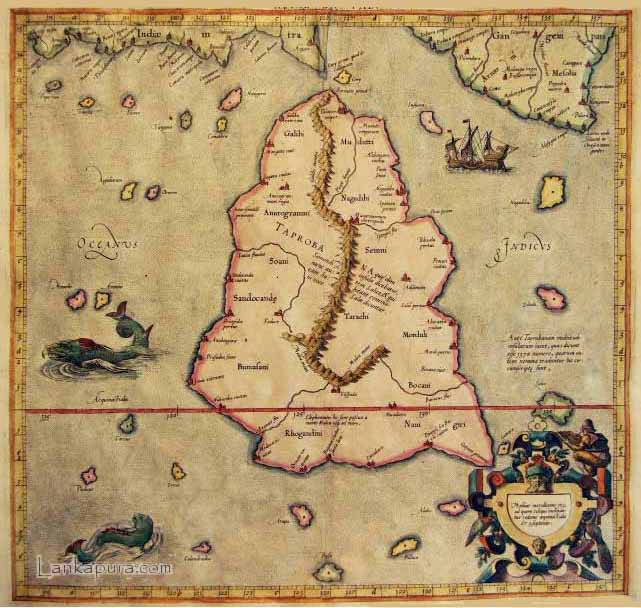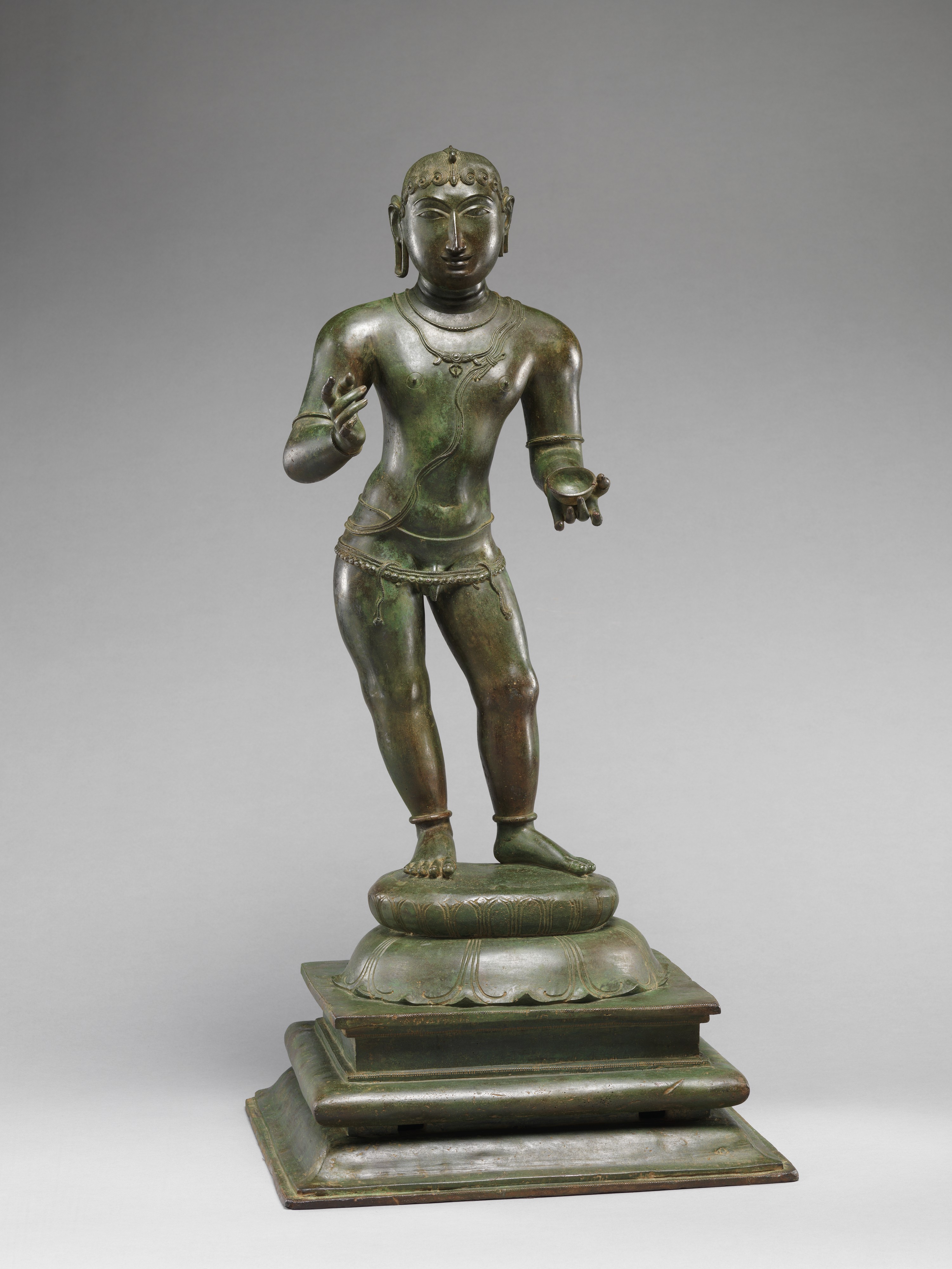|
Ketheeswaram Temple
Ketheeswaram temple ( ta, திருக்கேதீசுவரம் Tirukkētīsvaram) is an ancient Hindu temple in Mannar, Northern Province, Sri Lanka. It is the oldest temple in Sri Lanka with at least 1400 years of evidence. Overlooking the ancient Tamil port towns of Manthai and Kudiramalai, the temple has lain in ruins, been restored, renovated and enlarged by various royals and devotees throughout its history. Tirukkētīsvaram is one of the Pancha Ishwarams dedicated to the Hindu deity Shiva and is venerated by Shaivas throughout the continent. Throughout its history, the temple has been administered and frequented by Sri Lankan Hindu Tamils. Its famous tank, the Palavi tank, is of ancient antiquity and was restored from the ruins. Tirukkētīsvaram is one of the 275 Paadal Petra Sthalams of Shiva glorified in the poems of the ''Tevaram''. Literary and inscriptional evidence of the post classical period (300BC-1500AD) attests to the upkeep of the temple du ... [...More Info...] [...Related Items...] OR: [Wikipedia] [Google] [Baidu] |
Sri Lanka
Sri Lanka (, ; si, ශ්රී ලංකා, Śrī Laṅkā, translit-std=ISO (); ta, இலங்கை, Ilaṅkai, translit-std=ISO ()), formerly known as Ceylon and officially the Democratic Socialist Republic of Sri Lanka, is an island country in South Asia. It lies in the Indian Ocean, southwest of the Bay of Bengal, and southeast of the Arabian Sea; it is separated from the Indian subcontinent by the Gulf of Mannar and the Palk Strait. Sri Lanka shares a maritime border with India and Maldives. Sri Jayawardenepura Kotte is its legislative capital, and Colombo is its largest city and financial centre. Sri Lanka has a population of around 22 million (2020) and is a multinational state, home to diverse cultures, languages, and ethnicities. The Sinhalese are the majority of the nation's population. The Tamils, who are a large minority group, have also played an influential role in the island's history. Other long established groups include the Moors, ... [...More Info...] [...Related Items...] OR: [Wikipedia] [Google] [Baidu] |
Shaivism
Shaivism (; sa, शैवसम्प्रदायः, Śaivasampradāyaḥ) is one of the major Hindu traditions, which worships Shiva as the Supreme Being. One of the largest Hindu denominations, it incorporates many sub-traditions ranging from devotional dualistic theism such as Shaiva Siddhanta to yoga-orientated monistic non-theism such as Kashmiri Shaivism.Ganesh Tagare (2002), The Pratyabhijñā Philosophy, Motilal Banarsidass, , pages 16–19 It considers both the Vedas and the Agama texts as important sources of theology.Mariasusai Dhavamony (1999), Hindu Spirituality, Gregorian University and Biblical Press, , pages 31–34 with footnotesMark Dyczkowski (1989), The Canon of the Śaivāgama, Motilal Banarsidass, , pages 43–44 Shaivism developed as an amalgam of pre-Vedic religions and traditions derived from the southern Tamil Shaiva Siddhanta traditions and philosophies, which were assimilated in the non-Vedic Shiva-tradition. In the process of Sanskritisa ... [...More Info...] [...Related Items...] OR: [Wikipedia] [Google] [Baidu] |
Taprobana
Taprobana ( grc, Ταπροβανᾶ) and Taprobane (, ) was the name by which the Indian Ocean island of Sri Lanka was known to the ancient Greeks. History Reports of the island's existence were known before the time of Alexander the Great as inferred from Pliny. The treatise '' De Mundo'', supposedly by Aristotle (died 322 BC) but according to others by Chrysippus the Stoic (280 to 208 BC), incorrectly states that the island is as large as Great Britain (in fact, it is only about one third as big). The name was first reported to Europeans by the Greek geographer Megasthenes around 290 BC. Herodotus (444 BC) does not mention the island. The first Geography in which it appears is that of Eratosthenes (276 to 196 BC) and was later adopted by Claudius Ptolemy (139 AD) in his geographical treatise to identify a relatively large island south of continental Asia. Writing during the era of Augustus, Greek geographer Strabo makes reference to the island, noting that "Taprobane ... [...More Info...] [...Related Items...] OR: [Wikipedia] [Google] [Baidu] |
Ptolemy
Claudius Ptolemy (; grc-gre, Πτολεμαῖος, ; la, Claudius Ptolemaeus; AD) was a mathematician, astronomer, astrologer, geographer, and music theorist, who wrote about a dozen scientific treatises, three of which were of importance to later Byzantine, Islamic, and Western European science. The first is the astronomical treatise now known as the ''Almagest'', although it was originally entitled the ''Mathēmatikē Syntaxis'' or ''Mathematical Treatise'', and later known as ''The Greatest Treatise''. The second is the ''Geography'', which is a thorough discussion on maps and the geographic knowledge of the Greco-Roman world. The third is the astrological treatise in which he attempted to adapt horoscopic astrology to the Aristotelian natural philosophy of his day. This is sometimes known as the ''Apotelesmatika'' (lit. "On the Effects") but more commonly known as the '' Tetrábiblos'', from the Koine Greek meaning "Four Books", or by its Latin equivalent ''Quadripart ... [...More Info...] [...Related Items...] OR: [Wikipedia] [Google] [Baidu] |
Arumuka Navalar
Arumuka Navalar (; 18 December 1822 – 5 December 1879) was a Sri Lankan Shaivite Tamil language scholar, polemicist, and a religious reformer who was central in reviving native Hindu Tamil traditions in Sri Lanka and India. Navalar's birth name was Nallur Arumuga Pillai. He was born in a Tamil literary family, and became one of the Jaffna Tamils notable for reviving, reforming and reasserting the Hindu Shaivism tradition during the colonial era. As an assistant working for Peter Percival – a Methodist Christian missionary, he helped translate the King James Bible into the Tamil language. With his knowledge of Christian theological premises, Navalar became influential in creating a period of intense religious rivalry with Christian missionaries, defending Tamils and their historic religious culture in India and Sri Lanka, preventing large-scale conversions to Christianity. He was one of the first natives to use the modern printing press to preserve the Tamil literary ... [...More Info...] [...Related Items...] OR: [Wikipedia] [Google] [Baidu] |
Puja (Hinduism)
''Puja'' ( sa, पूजा, pūjā, translit-std=IAST) is a worship ritual performed by Hindus, Buddhists and Jains to offer devotional homage and prayer to one or more deities, to host and honor a guest, or to spiritually celebrate an event. It may honor or celebrate the presence of special guests, or their memories after they die. The word ''pūjā'' is Sanskrit, and means reverence, honor, homage, adoration, and worship.पूजा ''Sanskrit Dictionary'', Germany (2009) Puja, the loving offering of light, flowers, and water or food to the divine, is the essential ritual of Hinduism. For the worshipper, the divine is visible in the image, and the divinity sees the worshipper. The interaction between human and deity, between |
Portuguese Empire
The Portuguese Empire ( pt, Império Português), also known as the Portuguese Overseas (''Ultramar Português'') or the Portuguese Colonial Empire (''Império Colonial Português''), was composed of the overseas colonies, factories, and the later overseas territories governed by Portugal. It was one of the longest-lived empires in European history, lasting almost six centuries from the conquest of Ceuta in North Africa, in 1415, to the transfer of sovereignty over Macau to China in 1999. The empire began in the 15th century, and from the early 16th century it stretched across the globe, with bases in North and South America, Africa, and various regions of Asia and Oceania. The Portuguese Empire originated at the beginning of the Age of Discovery, and the power and influence of the Kingdom of Portugal would eventually expand across the globe. In the wake of the Reconquista, Portuguese sailors began exploring the coast of Africa and the Atlantic archipelagos in 1418–1419 ... [...More Info...] [...Related Items...] OR: [Wikipedia] [Google] [Baidu] |
Chola Dynasty
The Chola dynasty was a Tamil thalassocratic empire of southern India and one of the longest-ruling dynasties in the history of the world. The earliest datable references to the Chola are from inscriptions dated to the 3rd century BCE during the reign of Ashoka of the Maurya Empire. As one of the Three Crowned Kings of Tamilakam, along with the Chera and Pandya, the dynasty continued to govern over varying territories until the 13th century CE. The Chola Empire was at its peak under the Medieval Cholas in the mid-9th century CE. The heartland of the Cholas was the fertile valley of the Kaveri River. They ruled a significantly larger area at the height of their power from the later half of the 9th century till the beginning of the 13th century. They unified peninsular India south of the Tungabhadra River, and held the territory as one state for three centuries between 907 and 1215 CE. K. A. Nilakanta Sastri, ''A History of South India'', p 157 Under Rajaraja I an ... [...More Info...] [...Related Items...] OR: [Wikipedia] [Google] [Baidu] |
Pallava Dynasty
The Pallava dynasty existed from 275 CE to 897 CE, ruling a significant portion of the Deccan, also known as Tondaimandalam. The dynasty rose to prominence after the downfall of the Satavahana dynasty, with whom they had formerly served as feudatories. The Pallavas became a major South Indian power during the reign of Mahendravarman I (600–630 CE) and Narasimhavarman I (630–668 CE), and dominated the southern Andhra Region and the northern parts of the Tamil region for about 600 years, until the end of the 9th century. Throughout their reign, they remained in constant conflict with both the Chalukyas of Badami in the north, and the Tamil kingdoms of Chola and Pandyas in the south. The Pallavas were finally defeated by the Chola ruler Aditya I in the 9th century CE. The Pallavas are most noted for their patronage of Hindu temple architecture, the finest example being the Shore Temple, a UNESCO World Heritage Site in Mamallapuram. Kancheepuram served as the capit ... [...More Info...] [...Related Items...] OR: [Wikipedia] [Google] [Baidu] |
Ancient History
Ancient history is a time period from the beginning of writing and recorded human history to as far as late antiquity. The span of recorded history is roughly 5,000 years, beginning with the Sumerian cuneiform script. Ancient history covers all continents inhabited by humans in the period 3000 BCAD 500. The three-age system periodizes ancient history into the Stone Age, the Bronze Age, and the Iron Age, with recorded history generally considered to begin with the Bronze Age. The start and end of the three ages varies between world regions. In many regions the Bronze Age is generally considered to begin a few centuries prior to 3000 BC, while the end of the Iron Age varies from the early first millennium BC in some regions to the late first millennium AD in others. During the time period of ancient history, the world population was already exponentially increasing due to the Neolithic Revolution, which was in full progress. While in 10,000 BC, the world population stood ... [...More Info...] [...Related Items...] OR: [Wikipedia] [Google] [Baidu] |
Tevaram
The ''Thevaram'' ( ta, தேவாரம், ), also spelled ''Tevaram'', denotes the first seven volumes of the twelve-volume collection ''Tirumurai'', a Śaiva narrative of epic and puranic heroes, as well as a hagiographic account of early Saiva saints set in devotional poetry. The ''Thevaram'' volumes contain the works of the three most prominent Saiva Tamil poets of the 7th and 8th centuries: Sambandar, Appar, and Sundarar. The three poets were not only involved in portraying their personal devotion to Shiva, but also engaged a community of believers through their songs. Their work is an important source for understanding the Śaiva Bhakti movement in the early medieval South India. In the 10th century, during the reign of Rajaraja I of the Chola dynasty, these poets' hymns were collected and arranged by Nambiyandar Nambi. Starting with the ''Thevaram'' along with the rest of ''Tirumurai'' and ending with the ''Periya Puranam'', Tamil Saivism acquired a canonical set of ... [...More Info...] [...Related Items...] OR: [Wikipedia] [Google] [Baidu] |









